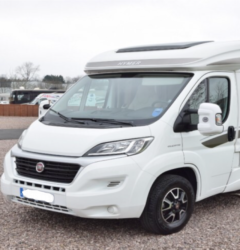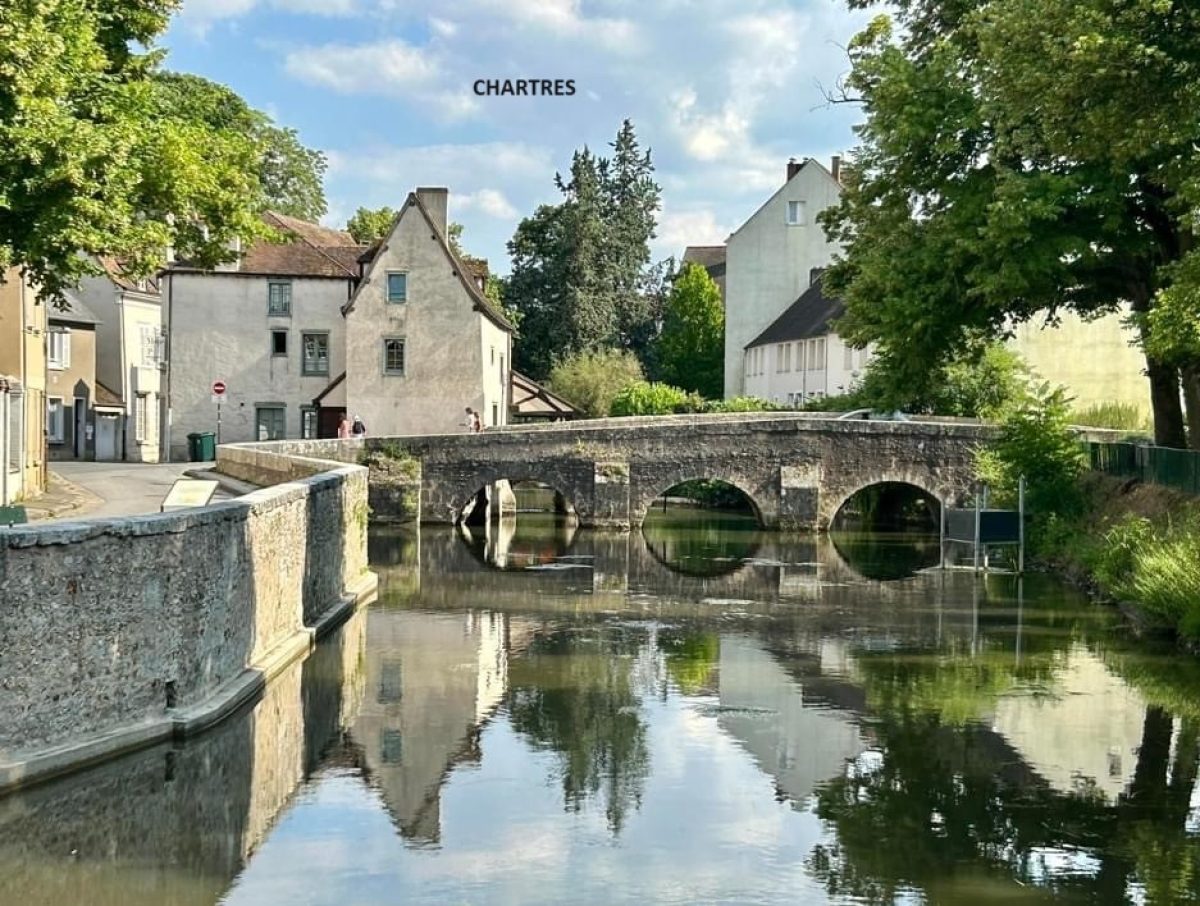We arrived at the Chateau du Gandspette campsite, near Eperlecques, on Monday 23 June. We were booked on a ferry back to England the following Thursday which, with the dogs already sorted, would give us one full day to explore nearby Saint Omer and another to visit the local supermarkets (so Vanya could replenish her stocks of Cremant). We’d then undertake the half hour drive to Calais (and take the ferry to Dover) early on the Thursday.
The Chateau du Gandspette is a campsite we’d use again given the friendly welcome we received; it’s spacious pitches; clean facilities; half decent restaurant-bar and; best of all, it’s close proximity to Calais. The only downside is the outside toilets are some distance from the bar!
On Tuesday morning, after an enjoyable evening on the terrace of the campsite bar, we headed into Saint Omer for the day. The Cremant could wait. There’s a sizeable car park on the old market place (the Place du Vieux Marche) near the centre of the town. It’s located between the Place du Marechal Foch (the new home to the town’s colourful Saturday morning market) and the Place Victor Hugo (a lively little square lined with numerous shops and and cafe-bars). The city’s cathedral is nearby.
We decided to start with breakfast outside a small cafe, Le Saint O, on Place Victor Hugo. Thinking back on it, the Place du Marechal Foch is a larger and livelier square than any in Saint Omer but; Place Victor Hugo proved the perfect place to soak up the local atmosphere; just sitting; drinking copious cups of coffee and; people watching.
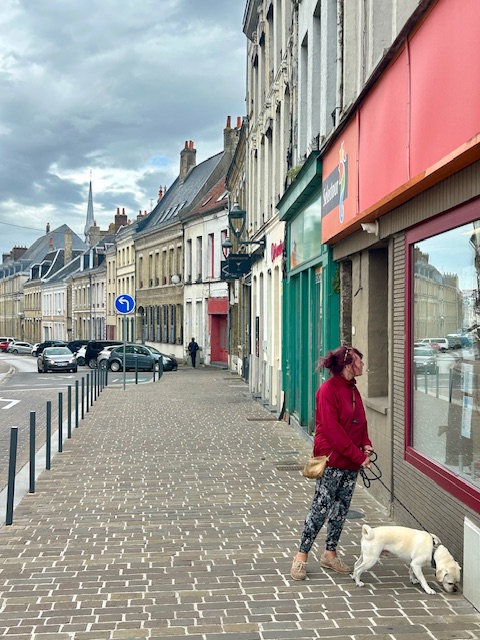
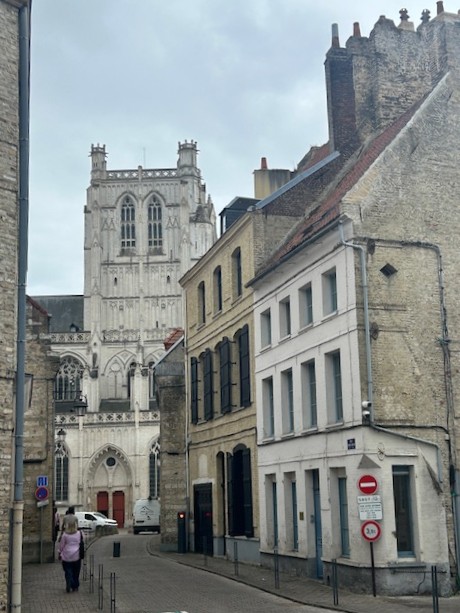
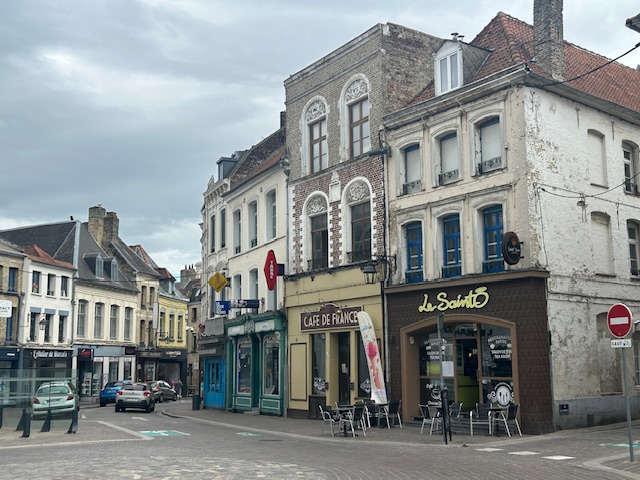
It is thought that the town was formed some time in the 7th century by Saint Audomar – whose name was subsequently shortened to Saint Omer. It’s known as ‘the yellow brick town’ on account of the gold colour of many of it’s older buildings and, when the sun is shining, there are few better examples of this than the former Cathedral de Notre Dame de Saint Omer. It was once the seat of the Bishop of Omer but the seat wasn’t restored after the French Revolution. Nevertheless, it is still commonly referred to as the ‘cathedral’.
The interior of this flamboyant 13th century Gothic style building is even more impressive than the outside and; it contains so many interesting features. Amongst other things, there’s the tomb of Saint Omer himself; a several centuries old statue of Jesus Christ; several paintings including ‘The Descent from The Cross’ by the local Flemish artist, Peter Paul Rubens; an astronomical clock dating back to 1588 and; an RAF flag commemorating the birth of the Royal Air Force which started life as the Royal Flying Corps at the nearby Longuenesse Aerodrome during World War I.
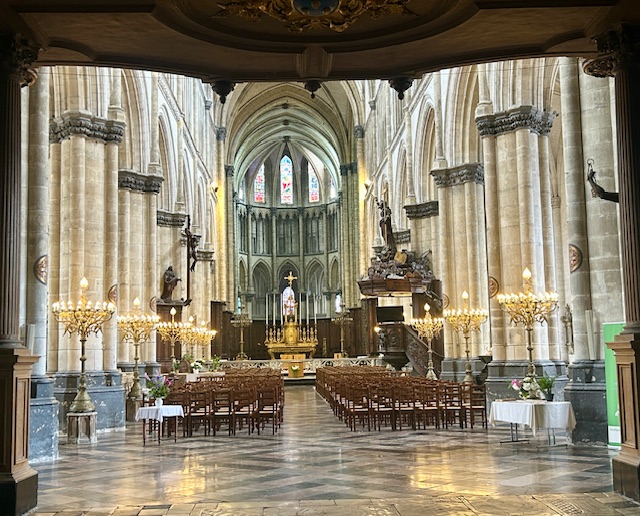

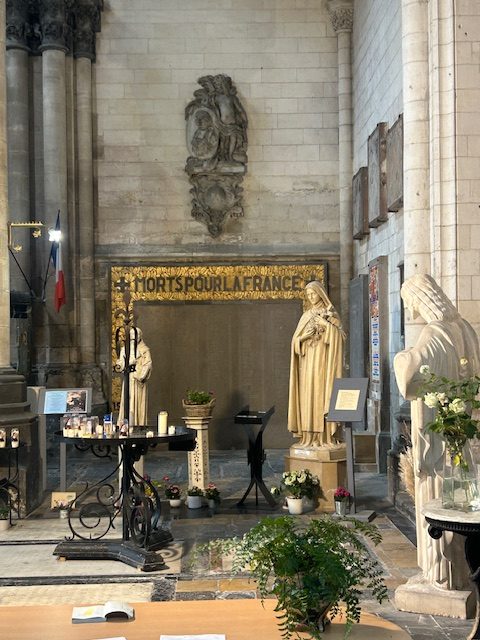
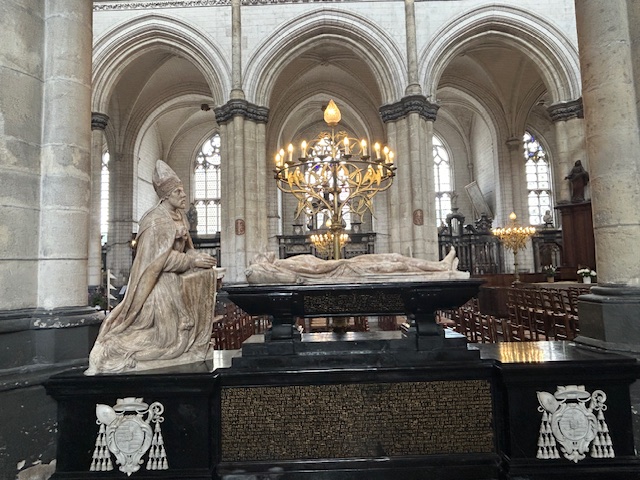
To the north of the town, near the train station and the River Aa, are the ruins of a much older religious institution – the Benedictine Abbey of Saint Bertin – which was founded by Saint Audomar in the 7th century. It was rebuilt many times and grew to be one of the most important abbeys in northern Europe. The abbey was destroyed during the French Revolution and much of it’s stone was used in the construction of new buildings in the town, including the Town Hall.
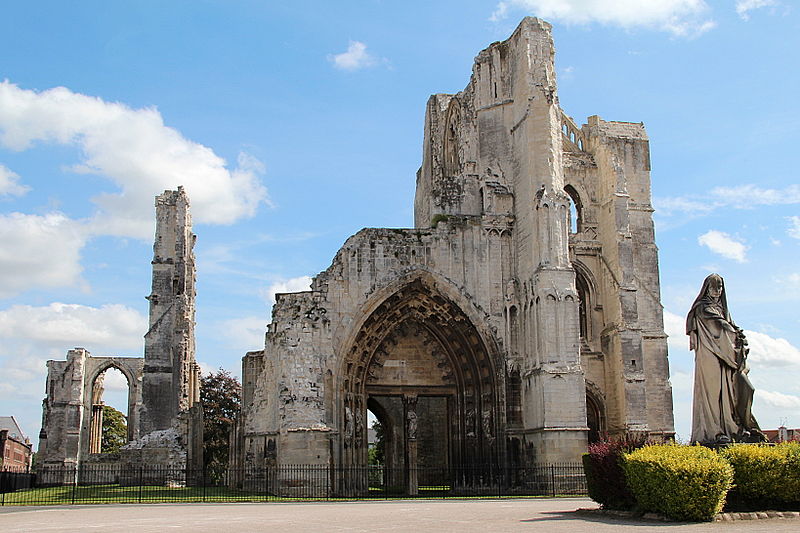
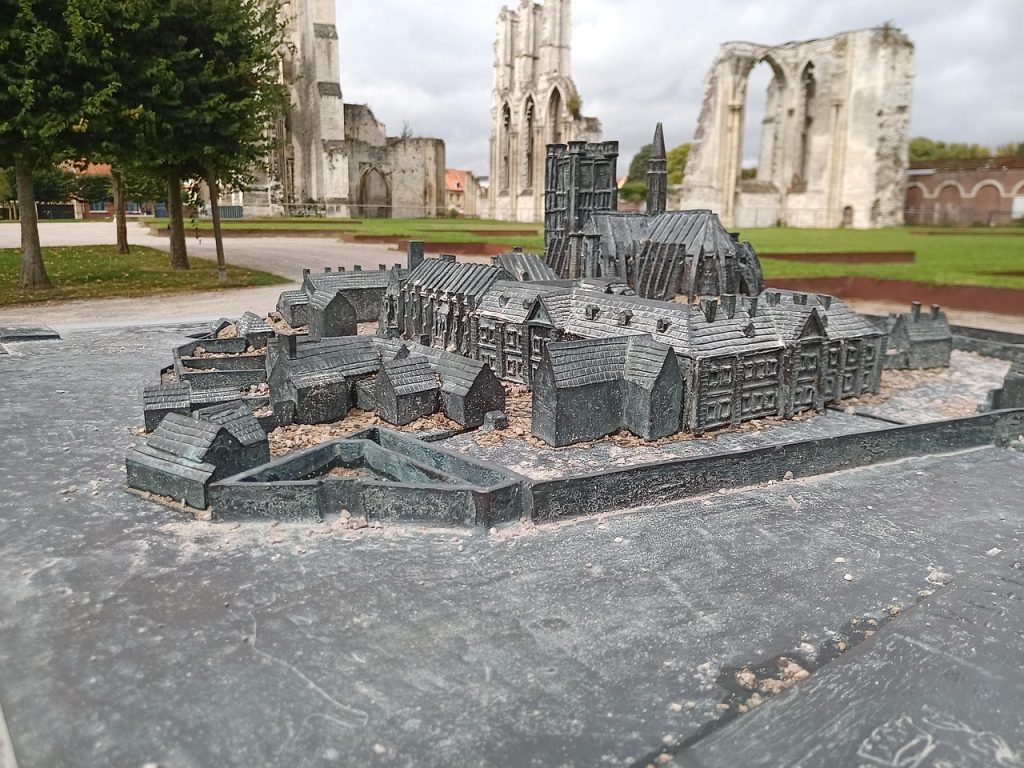
In addition to housing the weekly farmer’s market, Place Marechal Foch (sometimes referred to as La Grande Place) is home to the former town hall. Known locally as the ‘coffee mill’ because of it’s shape, the town hall is now used mostly for civic ceremonies but; it also contains a small lavishly decorated theatre complete with a magnificent trompe l’oeil ceiling. The large square serves as a car park when the market is not on and a handful of cafes and restaurants border the square.
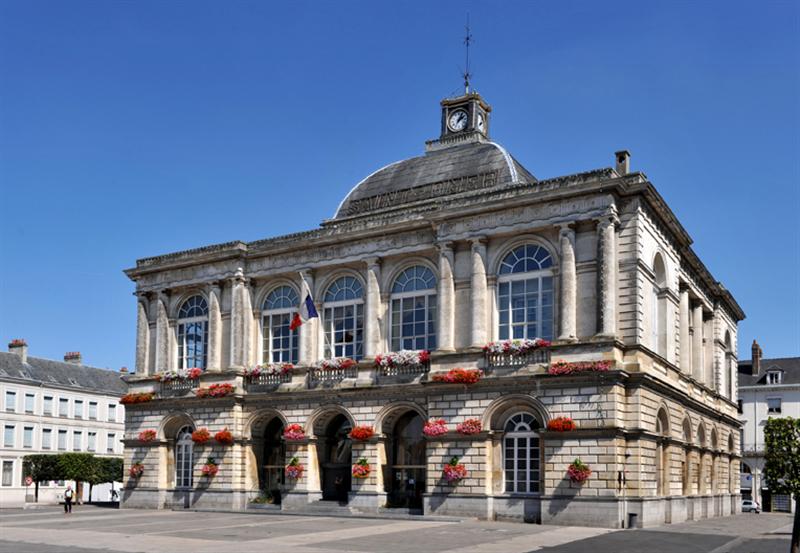
I don’t think we saw Saint Omer at it’s best because we visited out of the holiday season and on a Tuesday (and in France, Tuesdays are almost as quiet as Mondays) but, we liked it sufficiently to warrant a return and; as indicated at the beginning of this blog, Saint Omer is not that far from Calais.
I suspect there’s much to see in the surrounding area too given that the British Expeditionary Force were headquartered in Saint Omer during WWI and that the German Military had a strong presence here during WWII. There’s a vast concrete bunker at Eperlecques which was built in 1943 as a combined assembly plant and launch site for Hitler’s V2 Rockets and; 4 miles to the south west of Saint Omer is the super impressive La Coupole complex which succeeded Eperlecques. This latter complex now serves as a museum covering the German occupation of France, the flying bombs and the history of space travel. It also includes a planetarium.

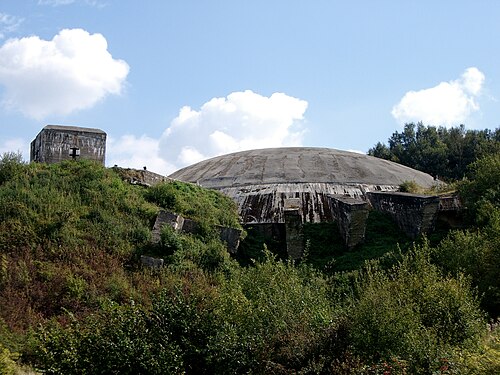
Saint Omer and then Calais were the end of our Tour 11 except that as we approached Brighton I pranged the Van on the A23. 6,500 miles driving around Europe and with just 10 miles to go I scraped a Mercedes. Not a good ending to a a great tour. I estimate it will cost at least £2,500 to fix the Van. I just hope we’ll be able to get back on the road before the year is out.
